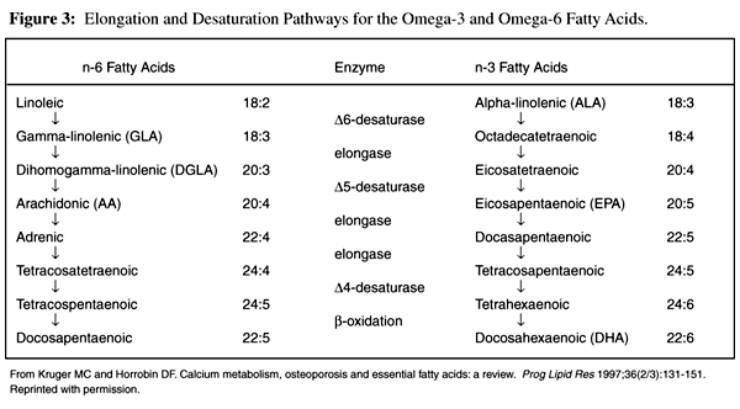The Use of Nutritional Guidance Within Chiropractic Patient Management
The Use of Nutritional Guidance Within Chiropractic Patient Management: A Survey of 333 Chiropractors from the ACORN Practice-based Research Network
SOURCE: Chiropractic & Manual Therapies 2018 (Feb 20); 26: 7
Mi Kyung Lee, Lyndon Amorin-Woods, Vincenzo Cascioli, and Jon Adams
School of Health Professions,
Murdoch University,
Perth, Australia.

BACKGROUND: Food consumption and nutritional status affect an individual’s health throughout their life-course and an unhealthy diet is a major risk factor for the current global burden of chronic disease. The promotion of health and good nutrition through healthy eating requires the active involvement of all health professionals including chiropractors. This paper reports findings from the first nationally representative examination of the use of nutritional guidance within chiropractic patient management in Australia.
METHODS: A sample of 1000 practising chiropractors was randomly selected from the Australian Chiropractic Research Network (ACORN) practice-based research network database for a cross-sectional study and 33% participated in the online survey in November 2016. The questionnaire, based on previous designs used in similar surveys and nutrition resources developed by the National Health and Medical Research Council, was pretested prior to the survey. Pearson’s Chi square and bivariate logistic regression were undertaken to explore relationships with variables of interest.
RESULTS: The demographic details of the respondents are similar to those of the chiropractic workforce registered in Australia. Most chiropractors provided nutritional advice as part of their patient care and around a quarter provided specific dietary advice to their patients, including the use of nutrition supplements. Nutrition-related conditions most commonly encountered by the chiropractors were musculoskeletal, usually inflammatory in origin. Common nutritional assessment methods used included questioning patients to assess their nutritional and health status and physical appearance. Most of the participants provided nutritional resources to their patients in their clinics. However, the Australian Dietary Guidelines and the accompanying Australian Guide to Healthy Eating were not well utilised by the respondents. Australian chiropractors often referred patients with nutrition issues to qualified dietitians and other health professionals when deemed necessary.
There are more articles like this @ our:


